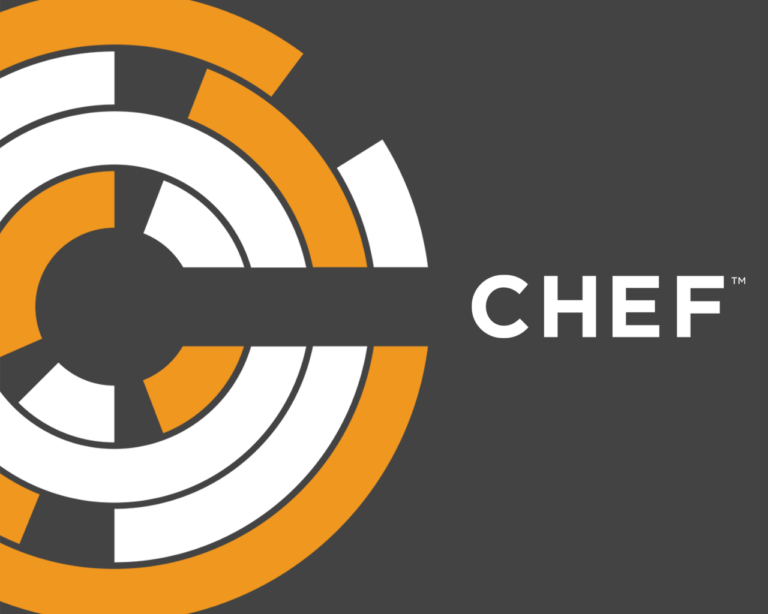
Infrastructure automation company Chef has announced new versions of a brace of complementary tools. It took its Workstation product from beta into general availability, in a bid to help new users get up to speed with its configuration automation product quickly. It also updated its InSpec compliance and security verification tool with more functionality and usability features.
Chef Workstation, which the company announced at its ChefConf event back in May, offers a one-click Chef installation without the need to set up a client or server. It ships with chef-run, a utility that lets admins manage services remotely on boxes supporting SSH and WinRM. They can run operations on individual machines, or deploy Chef recipes on multiple servers with a single command, enabling them to install software, update configuration files, patch vulnerabilities or reboot servers.
Workstation also integrates with Automate, the company’s enterprise infrastructure reporting and auditing system, feeding data into the Automate dashboard.
Workstation is the successor product to the Chef Development Kit (ChefDK), which contained everything needed to start using Chef, such as the Chef client, command line tools, testing tools, and its InSpec security and compliance product.
InSpec’s own update is the first major revision since February. Version 3.0 of the tool includes bug fixes, usability improvements, and support for more platforms. Perhaps the most significant feature is the introduction of a plug-in architecture for the product.
The plug-in support enable users to search for plug-ins that can extend the InSpec’s capabilities, and to create their own. There are two kinds of plug-in: those that provide new functionality for InSpec’s command line, and platform plug-ins that extend support for other targets and API endpoints.
The tool also now includes the ability for developers to provide better explanations for why a particular control was skipped, along with multiple description fields for InSpec controls, the company said. These enable developers to give more context for each rule being evaluated.
